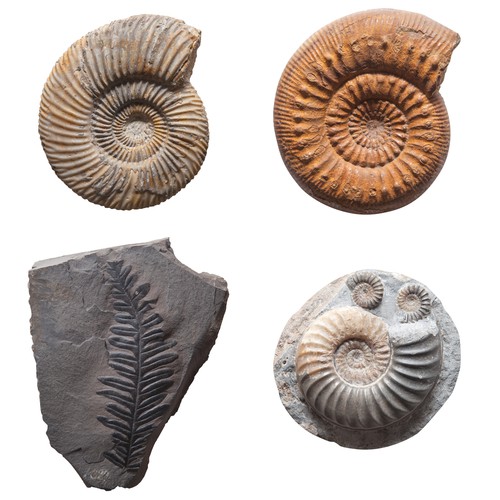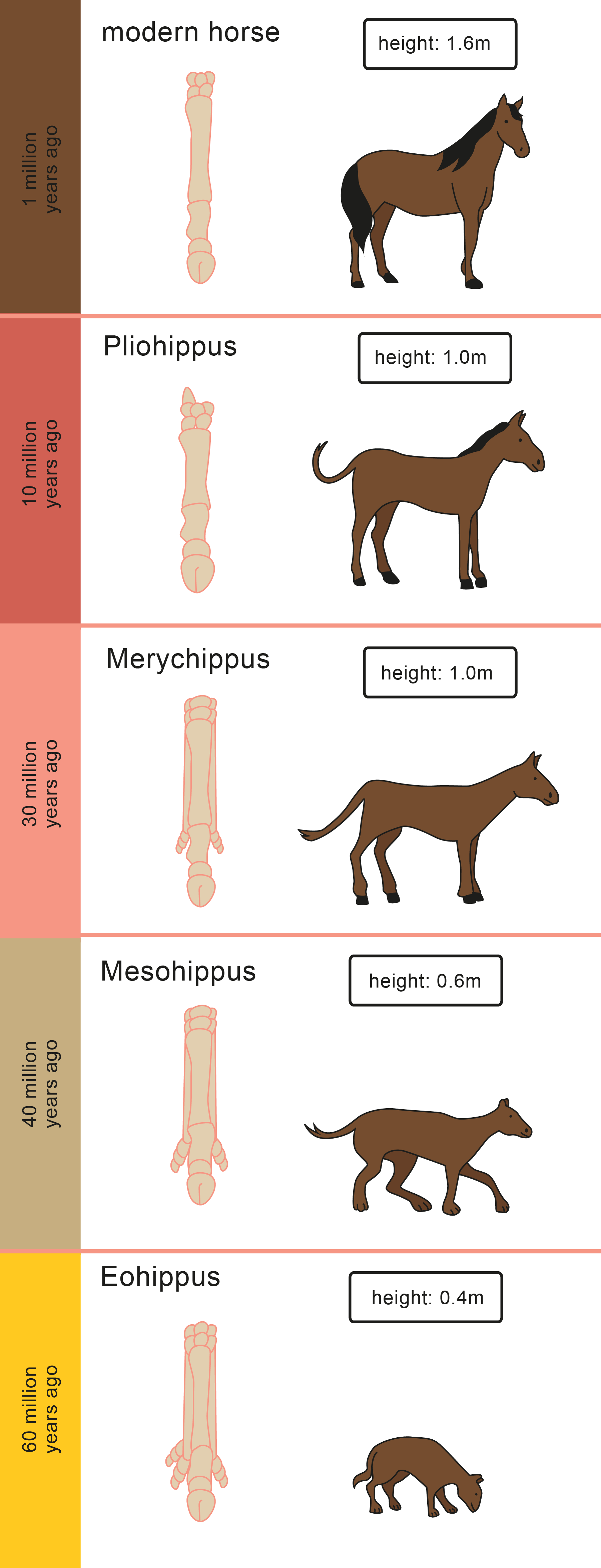Now, you might think that your teacher, uncle or grandparent is an old fossil, but that's not what a fossil really is! Fossils are the remains of organisms, many of which are no longer found on Earth, that used to inhabit the planet millions of years ago.

The remains of the organism is fossilised - that means it becomes stone. That might leave an imprint (like a leaf) or it might be something like a shell or a bone that is fossilised and you can actually hold. On the whole, it is hard material that fossilises well - things like teeth, bones, shells, etc. all provide good fossils. Mind you, the conditions that they fossilise in are very important: most organisms that turned to fossils settled on the seabed when they died and were covered with layers of sediment which built up over millions of years. Those remains slowly turned to stone, which is what a fossil is.
So, where does evolution fit in? We understand evolution as the gradual change of living organisms over time as they adapt to the world as it changes around them. The fossil record can help us to see what certain plants and animals looked like millions of years ago and how they might have changed to either die out or end up as the organisms we know today. The crocodile is an example of this: an animal that we can trace through the fossil record to today. Have a glance at the evolution of the horse, below. By the way, if we know the age of the rocks the fossils are found in, we know the age of the organism that was fossilised in that rock - makes sense!

If all of this seems a little confusing, use this activity to maybe help get a firmer grasp of what evolution and fossils are all about.








